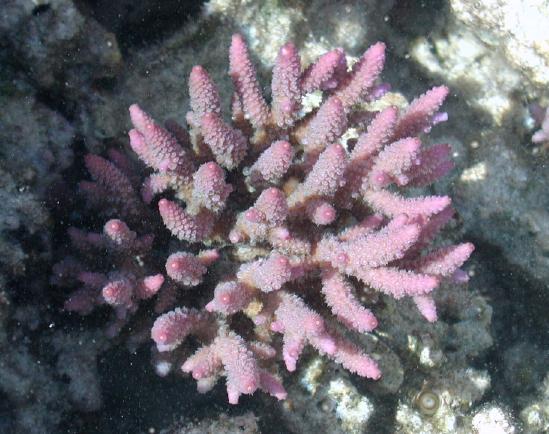Symbiosis
is such a beautiful thing. Unclouded by human characteristics such as
selfishness or jealousy, cooperation in nature is simply tit for tat and
nothing else. Before this semester, I had learned about a few symbiotic
relationships in some of my Biology classes, but I didn’t know corals are one of the many organisms that rely on symbiosis for survival.
Building
up calcium carbonate is a lot of work, and so corals work with algae called
zooxanthellae (pronounced zoh-uh-zan-THEH-lee) which create useable sources of
energy through photosynthesis. The corals in return provide carbon dioxide needed
for photosynthetic processes. Zooxanthellae live within coral polyps, and so
corals also provide them with shelter and protection. For these reasons, corals
and zooxanthellae have a very harmonious relationship with each other.
An
interesting fact I discovered is that zooxanthellae create a coral’s color. Photopigments used in photosynthesis can be seen within the coral, giving the coral its hue. Since different zooxanthellae produce certain photopigments, the color of a coral depends on which type of zooxanthellae is contained within the coral. I also learned that the term "coral bleaching" refers to when a coral loses its zooxanthellae due to stressors such as high water acidity or disease. I had heard of coral bleaching before, but all I knew is that it had to do with corals losing their color. Now that I know about the presence of zooxanthellae, I finally understand how and why coral bleaching occurs.


